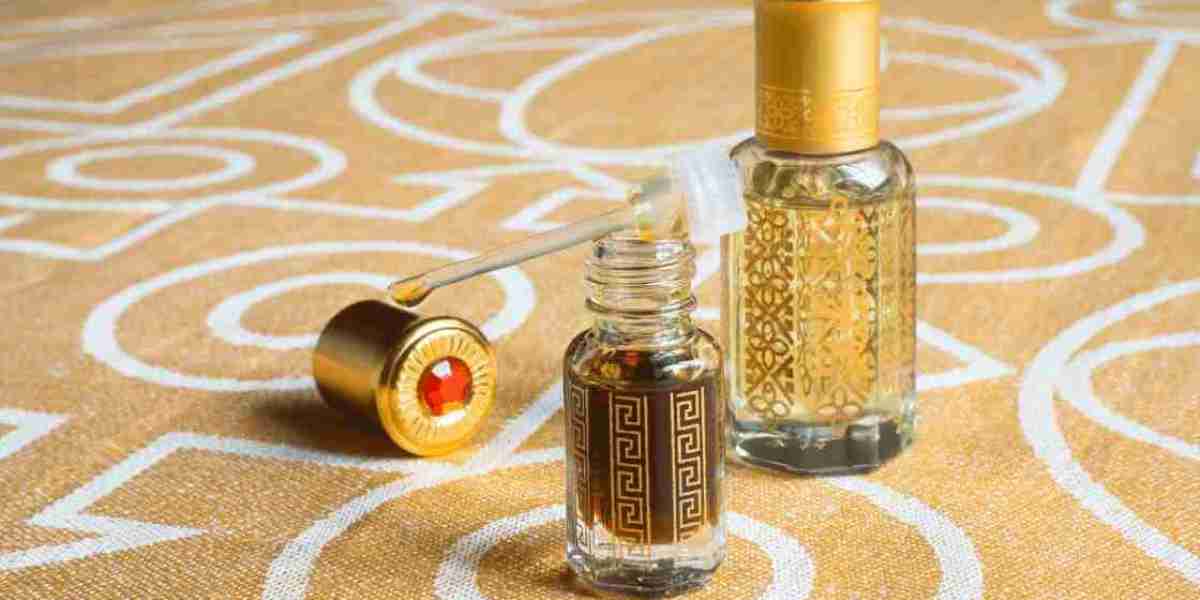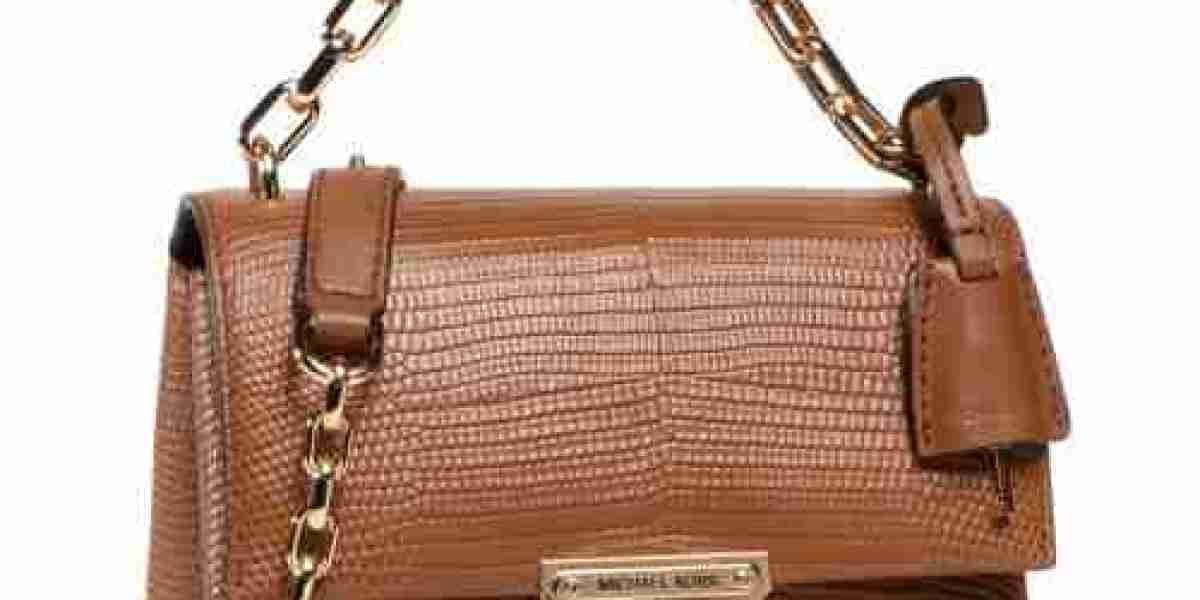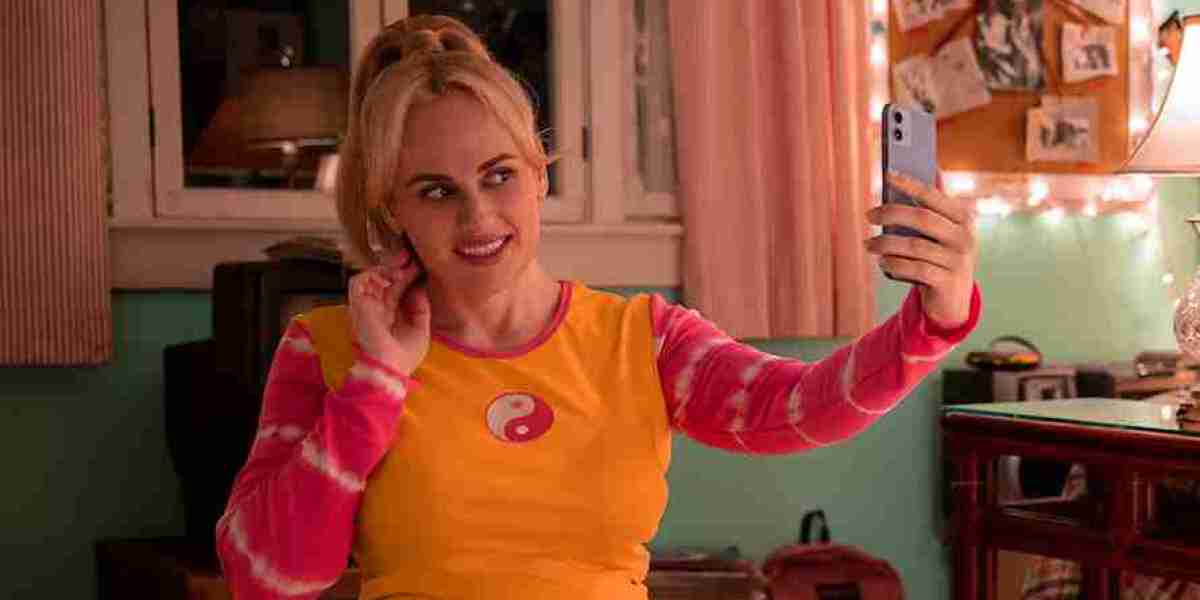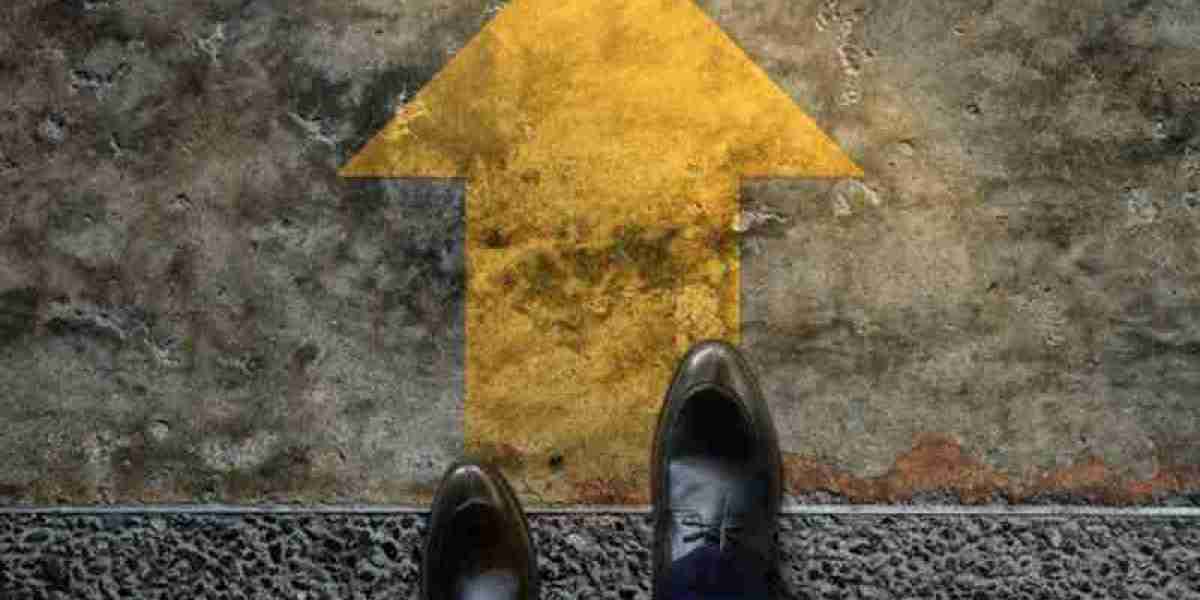The Reinvention of Luxury
Once defined solely by exclusivity and prestige, luxury in the fragrance market is being redefined. Today’s luxury isn’t just about a designer name or a hefty price tag—it’s about quality, craftsmanship, purpose, and experience.
Consumers are gravitating toward niche and artisanal fragrance houses that offer authenticity and attention to detail. Brands like Frédéric Malle, Maison Francis Kurkdjian, and Diptyque are appealing to discerning customers who seek something deeper than mass-market appeal.
This new wave of luxury in the fragrance market is also intimately tied to storytelling. A fragrance that tells a story—whether it’s a tribute to a travel memory, a specific flower, or a moment in time—creates emotional resonance. It becomes a personal signature, a wearable narrative that stands apart from commercial blends.
The Rise of Conscious Consumerism
Sustainability is no longer a trend—it's an expectation. Consumers today are asking hard questions about what goes into their products, how they’re made, and what impact they leave behind.
This has pushed the fragrance industry to embrace clean beauty principles, from ingredient transparency to eco-friendly packaging. There's growing demand for:
Natural, organic, and cruelty-free ingredients
Fair trade and ethical sourcing of raw materials like sandalwood and oud
Recyclable, refillable, and biodegradable packaging solutions
Major players like Chanel and Guerlain have begun adopting more sustainable practices, while indie brands such as Phlur, Abel, and Floral Street are making sustainability a core pillar of their brand identity.
The challenge? Balancing the purity and performance of natural ingredients with the complexity and longevity expected from luxury scents. It’s a delicate dance, but one that’s driving innovation across the supply chain.
Scents That Reflect Values
Today’s fragrance consumer isn’t just buying a product—they’re buying into values. This has sparked the popularity of:
Gender-neutral and inclusive fragrances that break away from traditional masculine/feminine binaries
Vegan and cruelty-free certifications, now seen as standard rather than niche
Minimalist, no-nonsense branding that focuses on substance over flash
The move toward identity-driven scent is particularly strong among Millennials and Gen Z. These consumers view fragrance as a form of activism, choosing brands that align with their beliefs—whether it's environmentalism, animal rights, or diversity and inclusion.
Fragrance as a Lifestyle Element
Once confined to a morning ritual or special occasion, fragrance is now seen as a lifestyle enhancer. It’s used to set the tone for a space, mark a moment, or elevate a mindset. This is reflected in the growth of home fragrances (candles, diffusers, room sprays) and functional scents designed for wellness.
Brands are responding with lines that span personal, home, and ambient fragrance. Think of Le Labo’s Santal 26 candle, or Diptyque’s electric diffusers—luxurious yet intimate products that bring scent into the everyday.
This shift also reflects how sensory wellness is gaining ground. In a fast-paced world, consumers are turning to scent as a tool for stress relief, mood elevation, and mindfulness. Ingredients like lavender, vetiver, ylang-ylang, and frankincense are being highlighted not only for their smell but also for their calming and therapeutic properties.
Data-Driven Innovation and the Digital Scent Frontier
Technology is revolutionizing how consumers discover and shop for fragrance, especially in a digital-first era where scent can’t be tested through a screen.
Fragrance brands are using AI-based scent recommendation engines, personalized sampling programs, and even virtual scent profiles to enhance the e-commerce experience. Some are exploring blockchain for supply chain transparency and AR tools that simulate fragrance notes visually.
There’s also a push toward digital-first fragrance launches, with social media platforms like Instagram and TikTok becoming critical touchpoints. Influencers, fragrance reviewers, and online scent communities now play a major role in shaping consumer opinions and driving sales.
The Future: Holistic, Ethical, Experiential
The modern fragrance market sits at the intersection of emotion, ethics, and experience. As luxury becomes more inclusive, sustainability becomes more essential, and scent becomes more personal, the future of fragrance looks multi-dimensional and deeply human.
What to Watch:
Carbon-neutral perfume houses aiming to lead with climate-conscious missions
Biotechnology in fragrance creation, offering sustainable alternatives to endangered naturals
AI-generated fragrance compositions that blend science and art
Fragrance experiences as part of wellness retreats, spas, and lifestyle events
For brands, success will depend on staying transparent, creative, and culturally relevant. For consumers, the future offers more ways to connect, express, and experience the world—through the power of scent.




